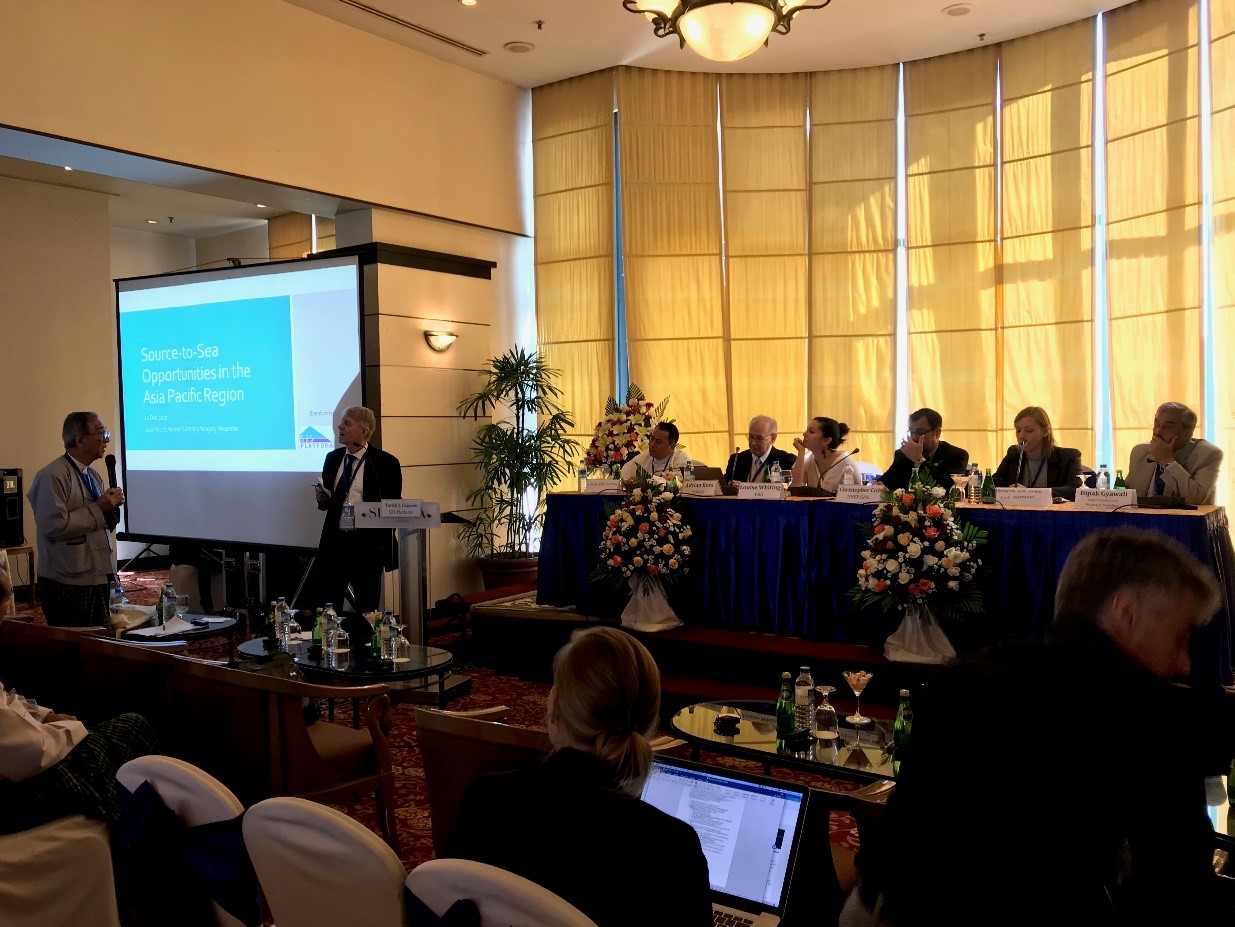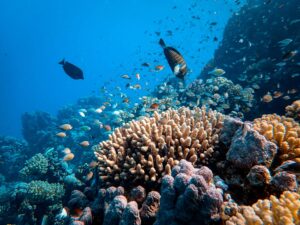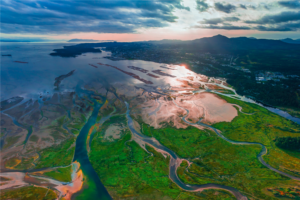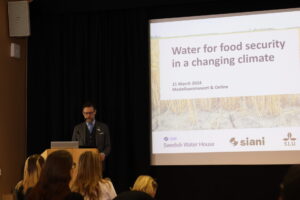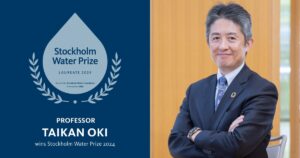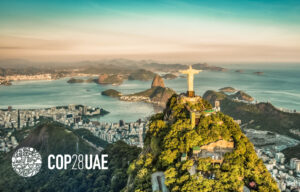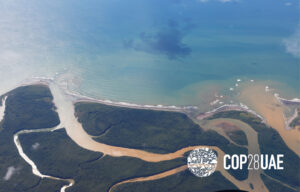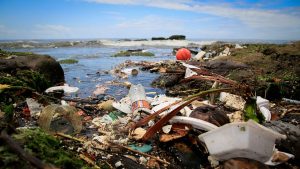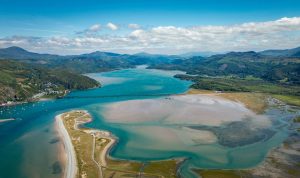Asia-Pacific region harbors promising initiatives for source-to-sea management
The Asia-Pacific region is famous for its rich coastal and marine resources, and the importance of fisheries and coastal tourism for livelihoods and urban areas. However, some of the benefits gained from oceans and rivers are threatened by river basin development and water quality deterioration. The S2S Platform participated in the Asia-Pacific Water Summit to highlight some of the initiatives that are being designed and implemented to reduce upstream pressures on deltas, coasts and marine hotspots in the Asia-Pacific region.
There are impressive development plans in the Asia-Pacific region, to secure water, food, energy and housing to growing populations and to achieve the Sustainable Development Goals. Further, the region is famous for its rich coastal and marine resources, and the importance of fisheries and coastal tourism for livelihoods, economy and urban areas. The total value of fisheries and aquaculture production is 2 billion USD/year and that of tourism is 700 billion USD or 3% of GDP. Deltas on the Asian continent host important, densely populated urban centres, including the Pearl River Delta in China which is now the world’s largest urban area.
At the same time, the benefits gained from oceans and rivers are threatened. A number of important Asian marine hotspots are impacted by water use on land in the shape of marine litter and agricultural runoff, red tides, eutrophication, creating plastic soup and dead zones, for example the South China Sea, the coral triangle, the Bohai sea, and the Bay of Bengal. 4.8 to 12.7 billion tonnes of plastic enter the oceans through rivers every year, globally. The top-five contributing countries of plastic from rivers to the ocean are all located in the Asia-Pacific region. Deltas, like those of the Chao Praya, the Irrawaddy, and the Pearl River, are sinking or becoming increasingly vulnerable to floods as a combined effect of sea-level rise and sediment trapping from upstream dams.
On 11-12 December the Asia-Pacific Water Forum organized the 3rd Asia-Pacific Water Summit in Yangon, Myanmar. The S2S Platform, together with FAO, convened one of the parallel, thematic sessions, entitled “Source-to-Sea Opportunities in the Asia-Pacific Region“. It featured two keynote speeches, a presentation of the case of Myanmar, and a panel discussion.
In his keynote, Dr Jakob Granit, Director General of the Swedish Agency for Marine and Water Management, exemplified the negative impacts that can occur if source-to-sea management is neglected, by relating the case of the Baltic Sea. In the Baltic Sea region, economic losses and the need for expensive restoration measures, are now reality, to address the significant marine impacts from unsustainable development and agricultural intensification since the 1950s. This includes an export ban on fish from the Baltic Sea introduced by the EU in 2001, removal of hydropower dams to restore migratory fish populations, and lost benefits from tourism, fisheries, marine biodiversity as well as dead zones and dead sea bottoms.
However, the numerous examples from the region, presented during the event, show that there are many opportunities in the Asia-Pacific region to reduce negative outcomes through strengthened source-to-sea management.
River basin management initiatives offer opportunities to contribute also to coastal and marine benefits and targets – implying quicker return on river basin investments if coastal benefits are counted in. As an example, the Programme on Environmental Management for the Seas of East Asia (PEMSEA) have noted a 7-to-1 return on investments made in coastal management.
The Global Programme of Action for the Protection of the Marine Environment from Land-Based Activities (GPA), managed by UN Environment, is actively working on the issues of marine litter and control of nutrient pollution, in many Asian countries, including China, Japan, South Korea, the Philippines, India, Nepal, Bangladesh, Sri Lanka, Indonesia and Vietnam. The GPA has further contributed to the development of protocols on land-based sources of marine pollution in several of the Regional Seas Programmes.
Initiatives to connect the planning of land, rivers, coast and sea are ongoing, for example through PEMSEA’s work to link Integrated Coastal Management (ICM) and Integrated River Basin Management (IRBM) and to connect local governments with a regional marine governance structure; and plans by FAO to design source-to-sea initiatives to address Bay of Bengal priorities through improved land and forest management.
Most countries face challenges with institutional fragmentation in the source-to-sea context. To address this, Myanmar has established a high-level platform bringing together institutions in the source-to-sea continuum, including fishery and forestry ministers, to improve coastal and marine conservation.
Finally, taking the example of the S2S Platform, the need for a mechanism in the Asia-Pacific region to provide services that are relevant for governments to support them in addressing source-to-sea priorities was highlighted. Services could include access to experts and financing, and to share knowledge, enhance collaboration across actors and coordination between agencies.
The programme and the presentations from the event can be downloaded on this link.
